Do you have a question about the Gigabyte GA-H81M-S2PH and is the answer not in the manual?
Detailed specifications for CPU, Chipset, Memory, Graphics, Audio, LAN, etc.
Step-by-step guide and precautions for installing the CPU.
Instructions and guidelines for installing memory modules.
Allows adjustment of CPU and graphics clock speeds and ratios.
Allows adjustment of CPU and memory voltages for stability.
Specifies the order in which the system attempts to boot from devices.
Sets passwords for system access and BIOS configuration.
Settings for system power states, wake-up events, and energy saving.
Options to save BIOS changes, exit without saving, or load defaults.
Resets BIOS settings to optimal factory defaults for system stability.
| Non-ECC | Yes |
|---|---|
| Memory voltage | 1.5 V |
| Memory channels | Dual-channel |
| Memory slots type | DIMM |
| Number of memory slots | 2 |
| Supported memory types | DDR3-SDRAM |
| Maximum internal memory | 16 GB |
| Supported memory clock speeds | 1333, 1600 MHz |
| Processor socket | LGA 1150 (Socket H3) |
| Processor manufacturer | Intel |
| Compatible processor series | Intel Celeron, Intel Pentium |
| Intel® Core i3/i5/i7/i9 series | i3-4xxx, i5-4xxx, i7-4xxx |
| Number of SATA connectors | - |
| USB 3.2 Gen 1 (3.1 Gen 1) connectors | 0 |
| HDMI version | 1.4a |
| USB 2.0 ports quantity | USB 2.0 ports have a data transmission speed of 480 Mbps, and are backwards compatible with USB 1.1 ports. You can connect all kinds of peripheral devices to them. |
| Cooling type | Passive |
| Component for | PC |
| Power source type | ATX |
| Motherboard chipset | Intel® H81 |
| PC health monitoring | CPU, FAN, Power supply, Temperature |
| Audio output channels | 7.1 channels |
| Motherboard form factor | micro ATX |
| Windows operating systems supported | Windows 7 Home Basic, Windows 7 Home Basic x64, Windows 7 Home Premium, Windows 7 Home Premium x64, Windows 7 Professional, Windows 7 Professional x64, Windows 7 Starter, Windows 7 Starter x64, Windows 7 Ultimate, Windows 7 Ultimate x64, Windows 8, Windows 8 Enterprise, Windows 8 Enterprise x64, Windows 8 Pro, Windows 8 Pro x64, Windows 8 x64 |
| Supported storage drive interfaces | SATA II, SATA III |
| Maximum resolution | 4096 x 2160 pixels |
| Maximum graphics card memory | 1024 MB |
| Ethernet interface type | Gigabit Ethernet |
| BIOS type | EFI AMI |
| ACPI version | 2.0a |
| BIOS memory size | 64 Mbit |
| Depth | 180 mm |
|---|---|
| Width | 244 mm |
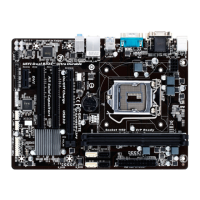
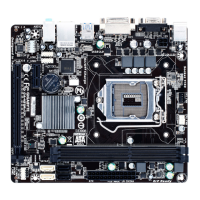

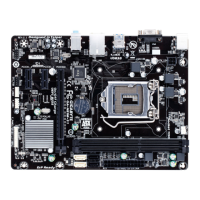
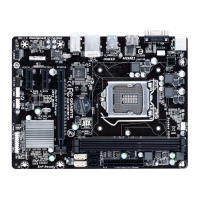
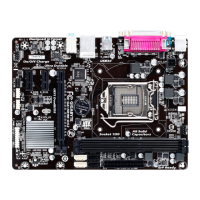
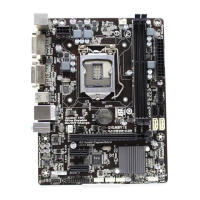
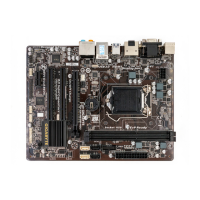
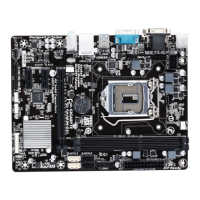
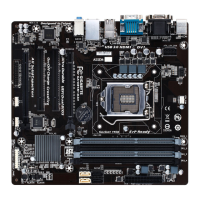
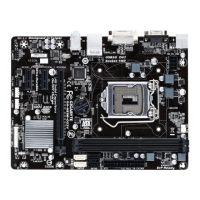
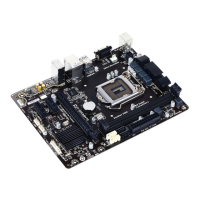
